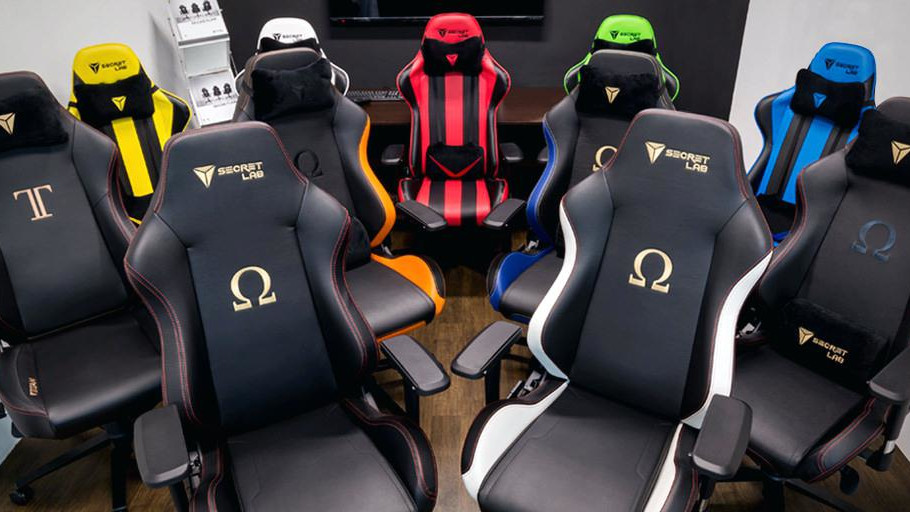Pimax's next-gen VR headset boasts 12K PC VR and the Quest 2's portable power
Wild loyalty discounts mean current 'Pimaxians' will pay next to nothing for the upcoming 12K VR headset.

The Pimax Reality 12K QLED VR headset is soon to be bringing some immense image resolution to the virtual reality landscape. Pushing VR boundaries further than ever before with it's 'Pimax Frontier' campaign, the company just announced this upcoming 12K VR headset, set to release near the close of 2022 for $2,399, with current Pimax owners being offered some frankly ridiculous discounts.
Back in 2017, Pimax surpassed its crowdfunding goal on day one with the world's first 8K VR headset. With a 200 degree FOV, and 4K per eye, we were impressed to say the least. Now with this evolution on the horizon it'll be interesting to see if Pimax can pull it off. But, of course, there's the little problem of hardware capability to deal with.
I know what you're thinking, 12K sounds pretty farfetched right about now. With even some of the best hardware today struggling at 8K, how can we be expected to run a 12K headset by the end of next year? This is where, together with the headset's Tobii eye tracking, Dynamic Foveated Rendering (DFR) will come into play.
What that means is only the parts of the image you're focused on will be rendered in full quality, which should exponentially reduce the rendering load placed on your machine.
There's also something in the works from the Pimax Research Lab, which has only been teased so far: the Fixed Retina Display (FRD). "Once we're past this point, our human eyes can no longer distinguish if an object is in virtual reality, or in the real world in front of us," Pimax boasts. It's a little vague, but interesting nonetheless.
That, combined with the Pimax Reality 12K QLED'S motorized IPD adjustment; facial expression tracking; 6DOF inside out head, controller and hand tracking; and of course full body tracking, is going to make for some incredible VR experiences.

Best chair for gaming: the top gaming chairs around
Best gaming desk: the ultimate PC podiums
Best PC controller: sit back, relax, and get your game on
All this is to be powered by a Qualcomm Snapdragon XR2 chipset—the very same VR processor that's behind our choice of best VR headset, the Oculus Quest 2. So things are looking good for the Pimax Reality's standalone mode, particularly as there's such a big focus on freedom for the headset's design.
Keep up to date with the most important stories and the best deals, as picked by the PC Gamer team.
Of course, it will tether to your PC using a fibre optic cable for proper PC VR, and is even listed with wireless support, too.
And for 'Pimaxians' already packing a Pimax VR headset, you'll be able to get the full purchase price of your current headset deducted from the cost of the new 12K VR headset. That could easily take the price from $2,399 down to just over $400, depending on which headset you have, and how much you paid for it.
Not only that, there's an extra $100 discount for those who backed the original crowdfunding campaign. Both offers are available only for the first 12 months after release, and Pimaxians will have priority on purchases and shipping for the first 3 months, too.
One thing's for sure, it's clear Pimax is really going the extra mile to reward loyalty.

Screw sports, Katie would rather watch Intel, AMD and Nvidia go at it. Having been obsessed with computers and graphics for three long decades, she took Game Art and Design up to Masters level at uni, and has been rambling about games, tech and science—rather sarcastically—for four years since. She can be found admiring technological advancements, scrambling for scintillating Raspberry Pi projects, preaching cybersecurity awareness, sighing over semiconductors, and gawping at the latest GPU upgrades. Right now she's waiting patiently for her chance to upload her consciousness into the cloud.

